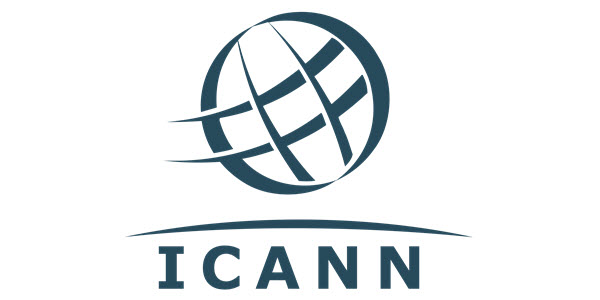ICANN has published findings of a study exploring whether the New gTLD Program has affected competition in the domain name marketplace.
The study shows that the New gTLD Program has had no apparent effect on legacy gTLD registration volume except for the regional new gTLDs (e.g., .nyc and .berlin). There also seems to be more competition, pricing wise, in the registrar channels.
Phase II Key Findings:
Domain Name Prices
- Average and median retail prices for registrations of legacy and new gTLDs have declined.
- Retail mark-ups over wholesale prices have generally declined.
- The overall wholesale price level of legacy gTLDs is lower than that of new gTLDs.
- Wholesale price levels for legacy and new gTLDs remained stable from Phase I to Phase II. The presence of price caps on legacy TLDs may help to explain the absence of changes in legacy TLD wholesale prices.
Domain Name Registrations
- New gTLD registrations account for 9 percent of all gTLD registrations as of March 2016, an aggregate of 16,570,035 registrations. This is an increase since November 2014, when new gTLD registrations accounted for approximately 2 percent of all gTLD registrations, an aggregate of 3,483,064.
- The New gTLD Program has had no apparent effect on legacy gTLD registrations. However, the introduction of regional new gTLDs (e.g., .nyc and .berlin) is typically coupled with a decline in new gTLD and legacy registrations in that region.
- The shares of domain name registrations across registries, and across registrars, continue to be more dispersed for new gTLDs compared with legacy gTLDs.
- The share of registrations held by the top four, top eight, and top fifteen registries and registrars by domain name registrations has declined.
- There is movement in the largest 15 registries and registrars as ranked by total domain registrations, with some registries or registrars who were not among the largest 15 in Phase I being ranked among the largest 15 in Phase II.
- The largest percentage growth in the number of registry operators occurred in the Asia Pacific and European regions.
You can download the study here:
Phase II Assessment of the Competitive Effects Associated with the New gTLD Program [PDF, 1 MB]
About the Phase II Assessment of the Competitive Effects Associated with the New gTLD Program
The ICANN Board adopted a recommendation to commission an economic study on the competitive effects associated with the New gTLD Program in March 2014. To establish a baseline of competitive measures in the domain name marketplace, Analysis Group requested pricing data for a sample of TLDs. The sample of TLDs used in Phase I included 109 new gTLDs, which represented 81.4 percent of new gTLD domain name registrations as of March 2015; Analysis Group also included 14 legacy gTLDs and 15 ccTLDs. The sample used in Phase II represents 83.3 percent of new gTLD registrations as of October 2015. An additional 30 new gTLDs were included based on registration totals at the time.
Registration counts are based on transaction reports that registry operators submitted to ICANN. Only gTLDs open to the general public for registration are included in the samples. The Phase II sample represents 65 unique registry operators, some of whom directly provided Analysis Group with wholesale pricing data. The Phase II sample of registrars represents 59 registrars with the most registrations of the gTLDs in the sample TLDs as of October 2015. Retail price data were collected from websites of the registrars from the sample and from Prices.
Analysis Group collected, aggregated and anonymized all pricing data included in the study. Neither ICANN nor any party outside Analysis Group have access to this data set.
ICANN commissioned the study, conducted by Analysis Group, to inform the Competition, Consumer Trust and Consumer Choice Review Team’s analysis of the New gTLD Program.
The baseline findings published in the September 2015 Phase I Assessment established competition metrics for the domain name marketplace and also evaluated how the introduction of new generic top-level domains (gTLDs) affected legacy gTLD registrations. Phase II results were compared against Phase I findings.
 OnlineDomain.com Domain Name News & Opinions
OnlineDomain.com Domain Name News & Opinions



 OnlineDomain.com - © Copyright 2012-2025 - All Rights Reserved
OnlineDomain.com - © Copyright 2012-2025 - All Rights Reserved
Oh, .nyc is kicking butt in NY, it certainly has an effect on @#$@#nyc.com registrations.
It is curious that this regional segment, had clear effect on registration behavior. And this was predicted by most domain pros few years back.
I am more curious about regional that are much smaller, like .miami and .vegas . Those dont have as large scope of industries as berling, london or nyc. So i would think end user applications much more limited. What this will mean for those who invested in those extensions, is it a wipe or just longer hold?
In smaller markets you need better and shorter domains.
BTW, regional domains are not an easy sell. I have quite a few ******london.com domains and they don’t move very fast. (of course UK people prefer .co.uk but still…)